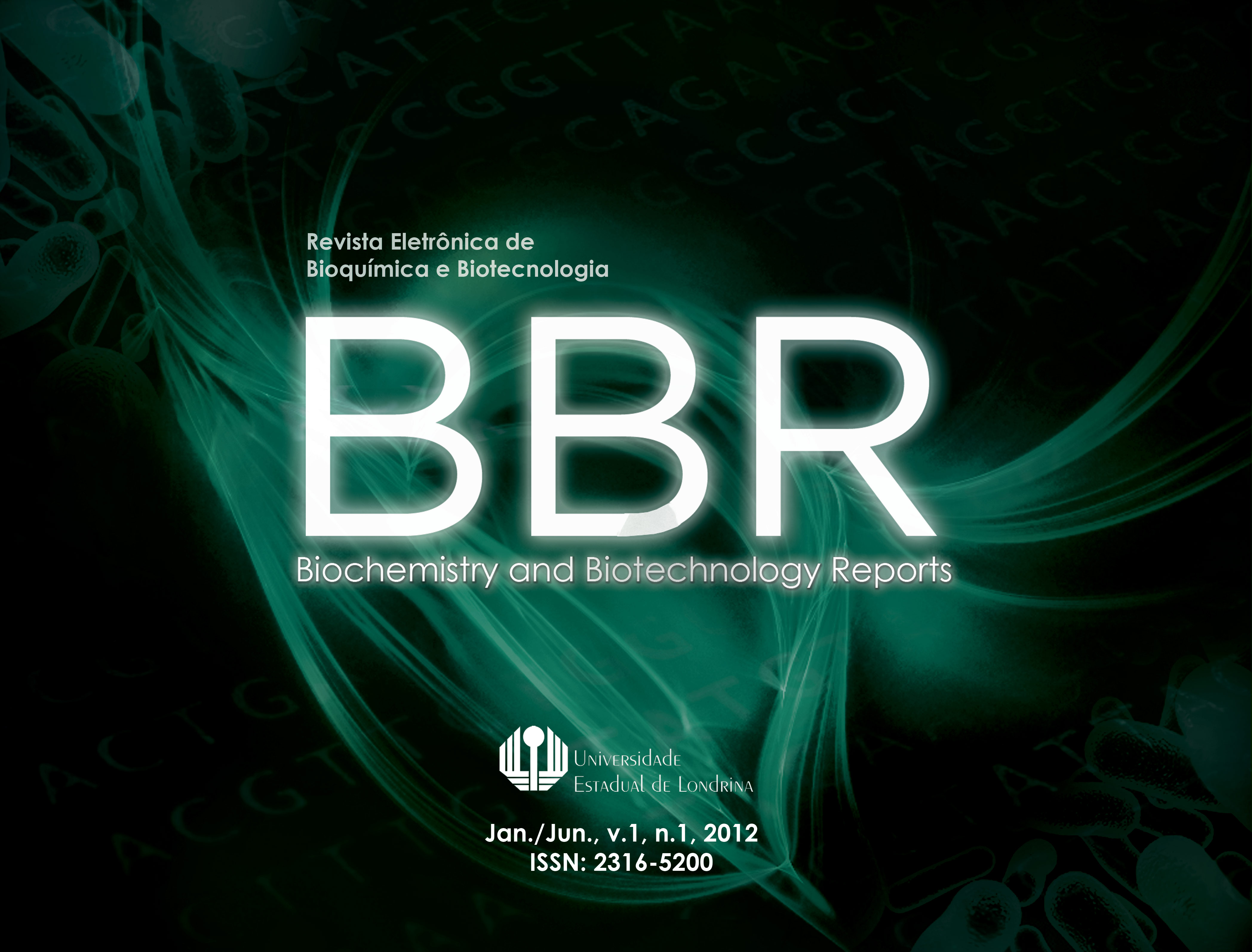Subtractive library of soybean roots in response to inoculation with Bradyrhizobium japonicum
DOI:
https://doi.org/10.5433/2316-5200.2012v1n1p3Keywords:
Biological nitrogen fixation, differential gene expression, genome, Glycine maxAbstract
Soybean [Glycine max (L.) Merr.] is the most important legume cropped worldwide, with an economic value attributed mainly to the high protein content of the grain, which, in turn, demands a heavy supply of nitrogen. An environmentally friendly source of nitrogen at low cost to farmers is represented by the biological fixation of atmospheric nitrogen that takes place is association with symbiotic bacteria. For the soybean, the association occurs mainly with bacteria belonging to the species Bradyrhizobium japonicum and Bradyrhizobium elkanii, but our knowledge about gene expression associated with the symbiosis is still poor. This work—part of an effort by the Soybean Genome Consortium (Genosoja)—was conducted with the aim of achieving better understanding about the functionality of the genes expressed in soybean roots in the early stages of the interaction with B. japonicum. The study was performed with soybean plants growing under greenhouse conditions, inoculated (or not) with strain CPAC 15 (=SEMIA 5079) of B. japonicum, which is broadly used in Brazilian commercial inoculants. Total RNA was extracted, the mRNA was isolated and a subtractive library was constructed. Sequencing analysis generated 4,621,072 reads, which were assembled in 3,776 sequences, defined as the differentially expressed sequences of the inoculated versus non-inoculated treatments. The sequences were categorized according to their molecular function and grouped with representatives of antioxidant activities, molecular transduction, transporters and enzyme regulation activities, but with an emphasis on catalytic and molecular binding/signaling
Downloads
Download data is not yet available.
Downloads
Published
2012-09-14
Issue
Section
Artigos Científicos

